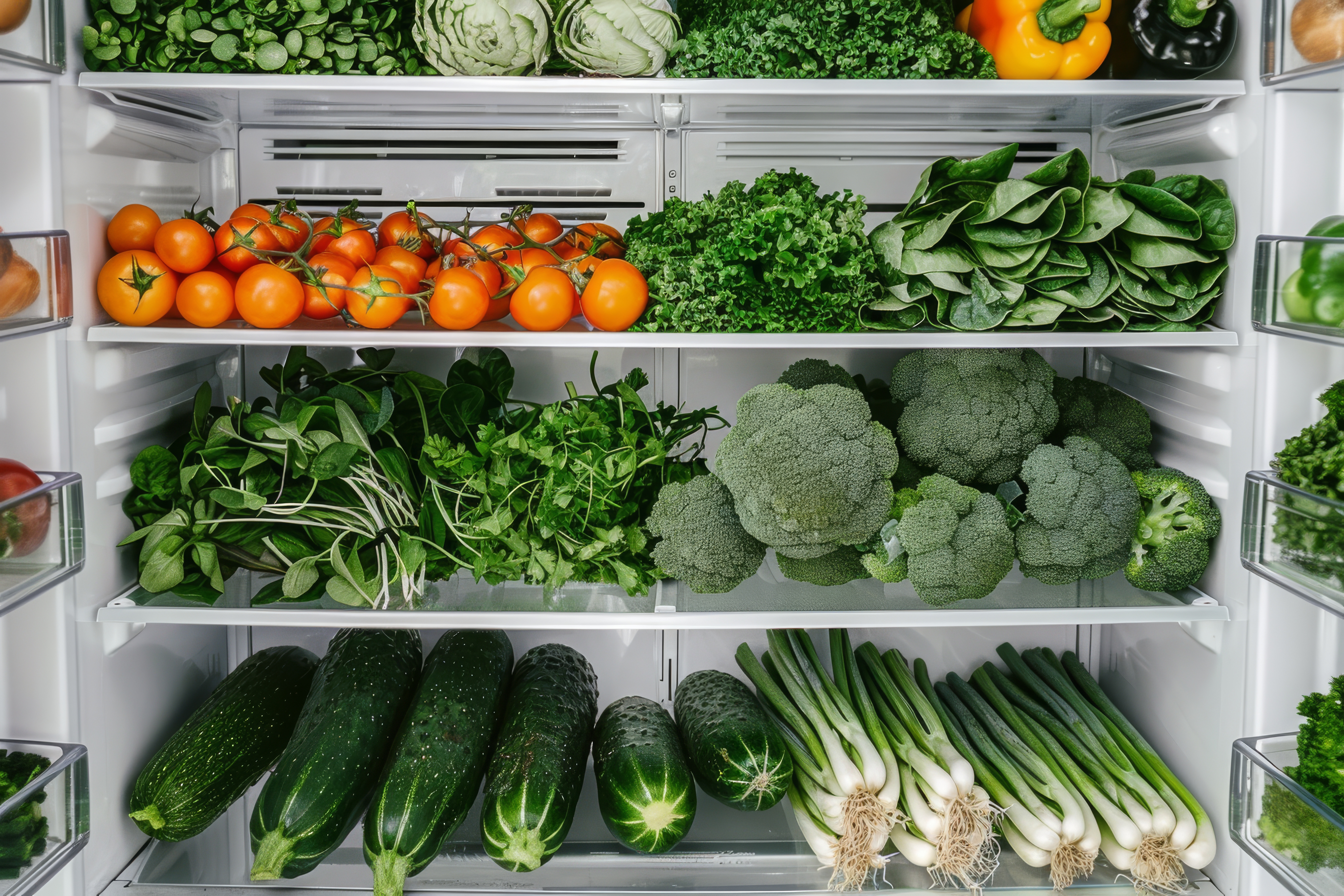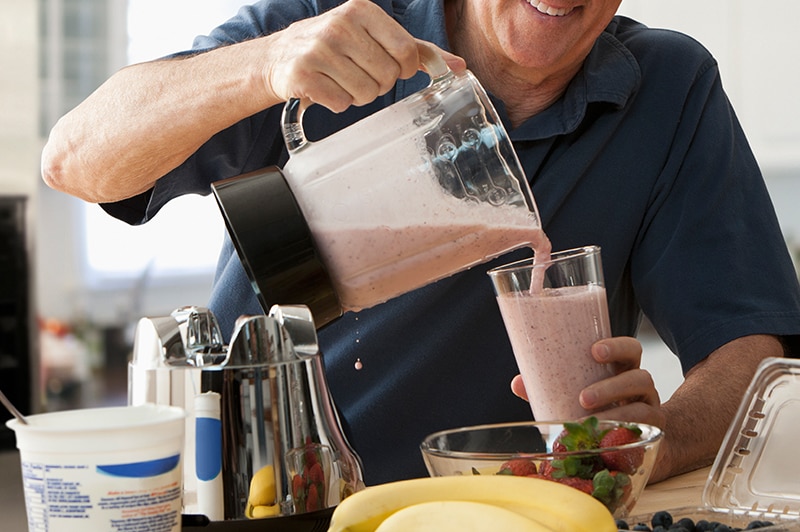Fresh Produce: Storing Fruits and Vegetables Hacks for Peak Flavor & Reduced Waste
The Ripple Effect: Why Freshness Matters
Fruits and vegetables are the vibrant cornerstones of a healthy diet, bursting with essential vitamins, minerals, and dietary fibre. But have you ever noticed that they sometimes seem to wilt and lose their appeal before you can enjoy them? Fear not, fellow food enthusiasts! Mastering the art of storing fruits and vegetables can significantly extend their shelf life, maximising their flavour, and nutritional value, and preventing unnecessary waste.
The Importance of Keeping Fruits and Vegetables Fresh
Beyond the aesthetic appeal of fresh, crisp produce, there's a crucial reason to prioritize proper storage. Fresh fruits and vegetables are powerhouses of essential nutrients like vitamins A, C, and K, vital for maintaining good health and reducing the risk of chronic diseases [1]. However, improper storage can lead to the degradation of these vital nutrients, diminishing the health benefits you gain from consuming them [2].
Furthermore, preventing spoilage and maximising the lifespan of fruits and vegetables reduces food waste, a pressing global issue. According to the Food and Agriculture Organization (FAO), roughly one-third of all food produced globally is wasted each year [3]. By adopting effective storage practices, we can collectively contribute to a more sustainable food system and minimize our environmental footprint.
Tips for Preserving the Freshness of Fruits and Vegetables
Now that we understand the significance of keeping fruits and vegetables fresh, let's delve into practical storage tips that will transform you into a produce preservation pro:
1. Understanding Storage Conditions:
Not all fruits and vegetables thrive under the same conditions. Some, like bananas and avocados, prefer room-temperature storage, while others, like leafy greens and berries, require the cool embrace of the refrigerator. Familiarise yourself with the optimal temperature and humidity levels for different types of produce. A helpful resource is the National Center for Home Food Preservation, as they provide a guide on how to store various types of food properly[4].
2. Utilising Reusable Produce Bags and Airtight Containers:
Store fruits and vegetables with reusable alternatives made from breathable materials like cotton or mesh to ditch those flimsy plastic produce bags. These allow for proper air circulation, preventing moisture build-up and subsequent spoilage. For fruits and vegetables that benefit from a more controlled environment, like cut fruits or leafy greens, utilise airtight containers to maintain freshness and prevent dehydration.
3. Preventing Spoilage:
Inspection is key! Before storing your fruits and vegetables, give them a thorough once-over. Discard any items with blemishes, soft spots, or signs of mould. Additionally, store fruits and vegetables separately to prevent cross-contamination. Ethylene gas emitted by certain fruits, like bananas and apples, can accelerate the ripening of other produce.
For added peace of mind, consider using antibacterial wipes or natural cleaning solutions like diluted vinegar water to gently wash your produce before storage. This helps remove dirt, surface bacteria, and potential contaminants that can contribute to spoilage.
Freshness Hacks: Get More Mileage Out of Your Produce
While proper storage is crucial, there are additional techniques you can employ to maximize the freshness of your fruits and vegetables:
1. Freezing:
Freezing is an excellent way to preserve fruits and vegetables for longer periods. This process helps lock in nutrients and extend their shelf life significantly. Blanching vegetables before freezing is recommended to deactivate enzymes that can lead to quality deterioration [5].
2. Canning or Drying:.
Canning and drying are traditional methods for preserving fruits and vegetables. These techniques can significantly extend the shelf life of produce while concentrating their flavours. However, these methods require specific equipment and knowledge to ensure safe and successful preservation. Be sure to do your research before you try these preserving methods. It can be a little daunting to get into but once you mastered it, you can have the added benefit of having more.
3. Culinary Creativity:
Planning your meals with your fruit and vegetable inventory in mind can help minimize waste and maximize freshness. Utilize versatile produce in various culinary creations. Wilting greens can be incorporated into smoothies, leftover roasted vegetables can be transformed into vibrant salads, and ripe fruits can be frozen for refreshing homemade popsicles. You can also try fermenting fruits and vegetables, such as berries, cabbages and cucumbers, to extend their shelf life and preserve them.
Nestlé's Commitment to Freshness: From Farm to Table
Nestlé, a global leader in food and beverage, recognizes the importance of providing consumers with high-quality and fresh food products. This commitment extends throughout our entire supply chain, from farm to table. Here are some specific initiatives highlighting their dedication to freshness and minimising waste:
1. Stringent Quality Assurance:
Nestlé adheres to rigorous quality standards and control measures throughout our operations. This ensures that only fresh, safe, and high-quality ingredients are used in their products [6]. We conduct regular audits and inspections at every stage of the supply chain, from sourcing raw materials to manufacturing and packaging [5].
2. Investing in Sustainable Practices:
Nestlé is committed to sustainable agricultural practices that promote healthy soil, conserve water, and minimize environmental impact [6]. This dedication translates to fresher produce, as it is grown in healthier and more resilient ecosystems.
For example, in Malaysia, Nestlé collaborates with local farmers and implements sustainable agricultural practices like integrated pest management (IPM) and water conservation techniques. These initiatives help ensure the quality and freshness of their locally sourced ingredients [6].
3. Advanced Packaging Technologies:
Nestlé invests in research and development to create innovative packaging solutions that maintain optimal storage conditions and extend the shelf life of their products [7]. These advanced packaging materials minimize spoilage and ensure that the freshness and quality of their products are preserved throughout the journey from their manufacturing facilities to your local grocery store.
By implementing these comprehensive measures, Nestlé demonstrates its unwavering commitment to delivering high-quality and fresh food products to consumers. Choosing Nestlé products not only benefits your health and taste buds but also supports a company dedicated to responsible sourcing, sustainable practices, and cutting-edge technology, all with the goal of bringing fresh goodness to your table.
Freshness First, Always
By prioritising the freshness of your fruits and vegetables, you reap the full benefits of their vibrant flavours, essential nutrients, and reduced environmental impact. Understanding proper storage for fruits and vegetables keeps you and your loved ones healthy and contributes to minimising food waste for sustainability.
By adopting the storage tips and techniques outlined above, and choosing companies committed to delivering fresh, high-quality products like Nestlé, we can all play a role in promoting a healthier diet, minimising food waste, and fostering a more sustainable future, one flavorful bite at a time.
References:
1. National Institutes of Health
2. United States Department of Agriculture
3. Food and Agriculture Organization of the United Nations
4. National Center for Home Food Preservation
5. Nestlé Malaysia Our Quality Commitment
6. Nestlé Malaysia Creating Shared Value
7. Nestlé Packaging Strategy







